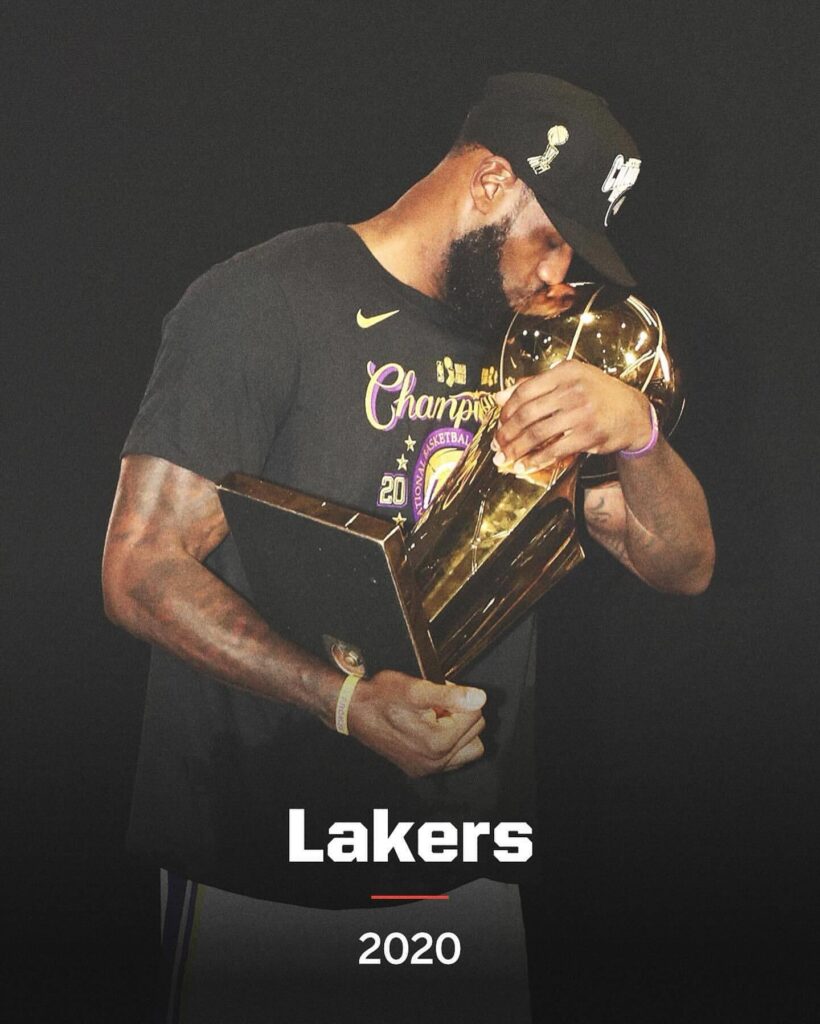
From its early days to the modern era, the NBA has been a league shaped by dominance. Whether it’s dynastic teams, transcendent players, or generational talents who elevate the game, the history of the NBA can be traced through the periods of dominance that have come to define it. While the rules, style of play, and business of basketball have evolved, one truth has remained constant: the league is always led by those who rise above the rest.
The Birth of Dynasties
In the 1950s and 60s, the Boston Celtics under Red Auerbach and Bill Russell set the tone for what NBA dominance would look like. Winning 11 championships in 13 seasons, the Celtics didn’t just dominate the court; they established a culture of excellence, teamwork, and mental toughness. Bill Russell’s defense and leadership set a blueprint for future superstars, showing that greatness wasn’t just about scoring but about impacting the game in every possible way.
That early Celtics dominance cemented the idea that the NBA wasn’t just about talent—it was about control, discipline, and sustained success. Dominance wasn’t accidental; it was the result of structure and consistency.
The Era of Stars
As the league expanded and began integrating more television coverage and fan interest in the 70s and 80s, individual players started becoming the faces of dominance. Kareem Abdul-Jabbar, with his unstoppable skyhook, Magic Johnson with his court vision, and Larry Bird with his grit and shooting—these icons redefined what it meant to lead a franchise.
However, it was Michael Jordan who elevated dominance to mythic proportions in the 1990s. Jordan didn’t just win; he overwhelmed opponents. His six championships, five MVPs, and perfect Finals record while leading the Chicago Bulls made him a global icon. His competitive fire and will to win were unmatched. Jordan dominated not only through statistics but through aura. Every team that faced the Bulls in the ’90s had to confront the psychological weight of facing Jordan. He didn’t just beat you—he made you believe you couldn’t win.
Jordan’s dominance wasn’t just a spectacle; it became the standard. Every superstar that followed would be measured against him. He changed the expectations of what it meant to be great in the NBA.

The Shaq-Kobe-Lakers and Spurs Consistency
In the early 2000s, two contrasting forms of dominance defined the league. On one hand, you had the flashy, explosive dominance of Shaquille O’Neal and Kobe Bryant with the Los Angeles Lakers, who captured three straight titles from 2000 to 2002. Their combination of size, skill, and charisma took over the league. On the other hand, the San Antonio Spurs, led by Tim Duncan and coached by Gregg Popovich, quietly built a machine-like dynasty based on fundamentals, team play, and consistency. Winning titles in 1999, 2003, 2005, 2007, and 2014, the Spurs showed that dominance could also be humble, strategic, and sustainable.
This duality highlighted a key truth about the NBA: dominance can take many forms. It can be loud and aggressive, or subtle and calculated. But either way, it wins.
LeBron James and the Modern King
LeBron James entered the league in 2003 as “The Chosen One,” and over the next two decades, he more than lived up to the hype. LeBron has exemplified a new kind of dominance—one rooted in versatility, longevity, and adaptability. From Cleveland to Miami to Los Angeles, LeBron has remained at the center of championship conversations for over 15 years. Four MVPs, four championships, and multiple Finals appearances later, his impact goes beyond accolades.
LeBron’s dominance is also intellectual. His ability to read the game, lead teams, and extend his prime far longer than most superstars has set a new precedent. Even when not winning titles, LeBron is the gravitational force around which the league spins.
The Warriors Revolution
While LeBron was redefining personal dominance, the Golden State Warriors emerged to redefine team dominance. Led by Stephen Curry, Klay Thompson, Draymond Green, and later Kevin Durant, the Warriors blended shooting, ball movement, and defensive IQ into a formula that broke the league’s old models. Winning four championships between 2015 and 2022, they transformed the way basketball is played.
Curry’s dominance is particularly unique. Often overlooked early in his career, he became the league’s most feared weapon through his unprecedented shooting range and off-ball movement. He didn’t dominate with size or athleticism, but with innovation and relentlessness.
The Warriors’ run showed that dominance doesn’t have to mean brute force—it can be about changing the geometry of the game.

What Dominance Looks Like Today
Even now, the NBA is defined by dominance. Whether it’s Nikola Jokić’s methodical brilliance as a point center, Giannis Antetokounmpo’s combination of power and agility, or rising stars like Luka Dončić and Jayson Tatum shaping the next generation, the league continues to revolve around dominant personalities and play styles.
In a league that celebrates individuality and competition, the fight for dominance keeps the sport alive. Every team rebuilds hoping to find their next dominant leader. Every draft, trade, and signing is an attempt to tip the scales.
Conclusion
Dominance is the heartbeat of the NBA. It defines its heroes, shapes its narratives, and drives its evolution. Whether through dynasties, legendary players, or revolutionary styles of play, the league has always been molded by those who rise above the rest. As fans, we don’t just watch for close games or highlight dunks—we watch to witness greatness, to see someone or some team take control and leave a legacy.
Dominance doesn’t make the NBA predictable; it makes it legendary.



